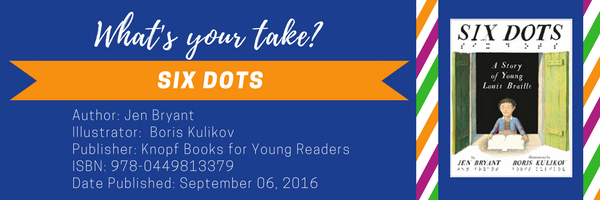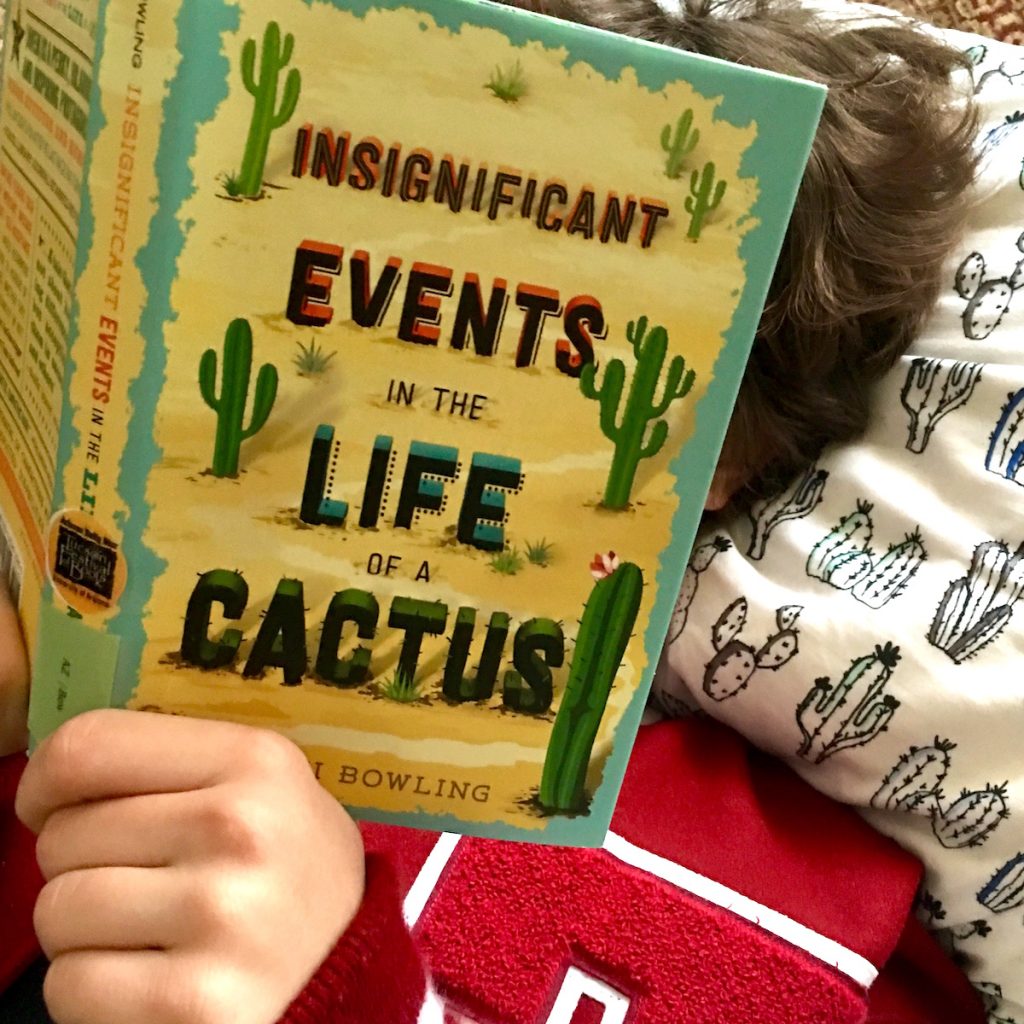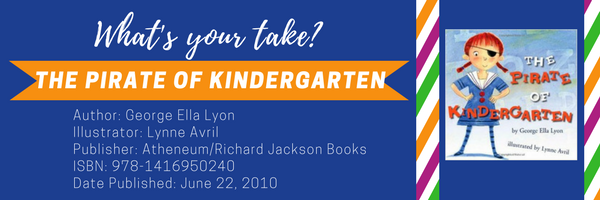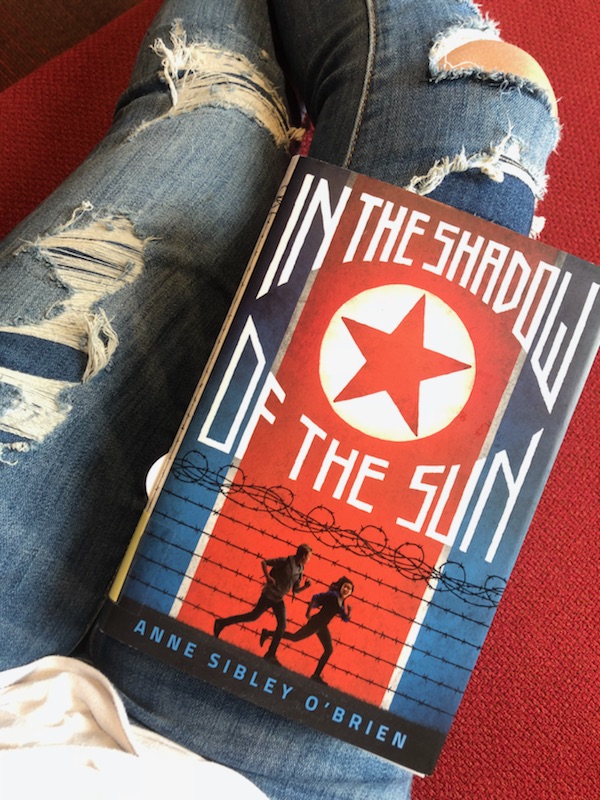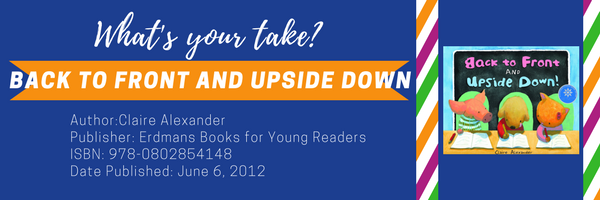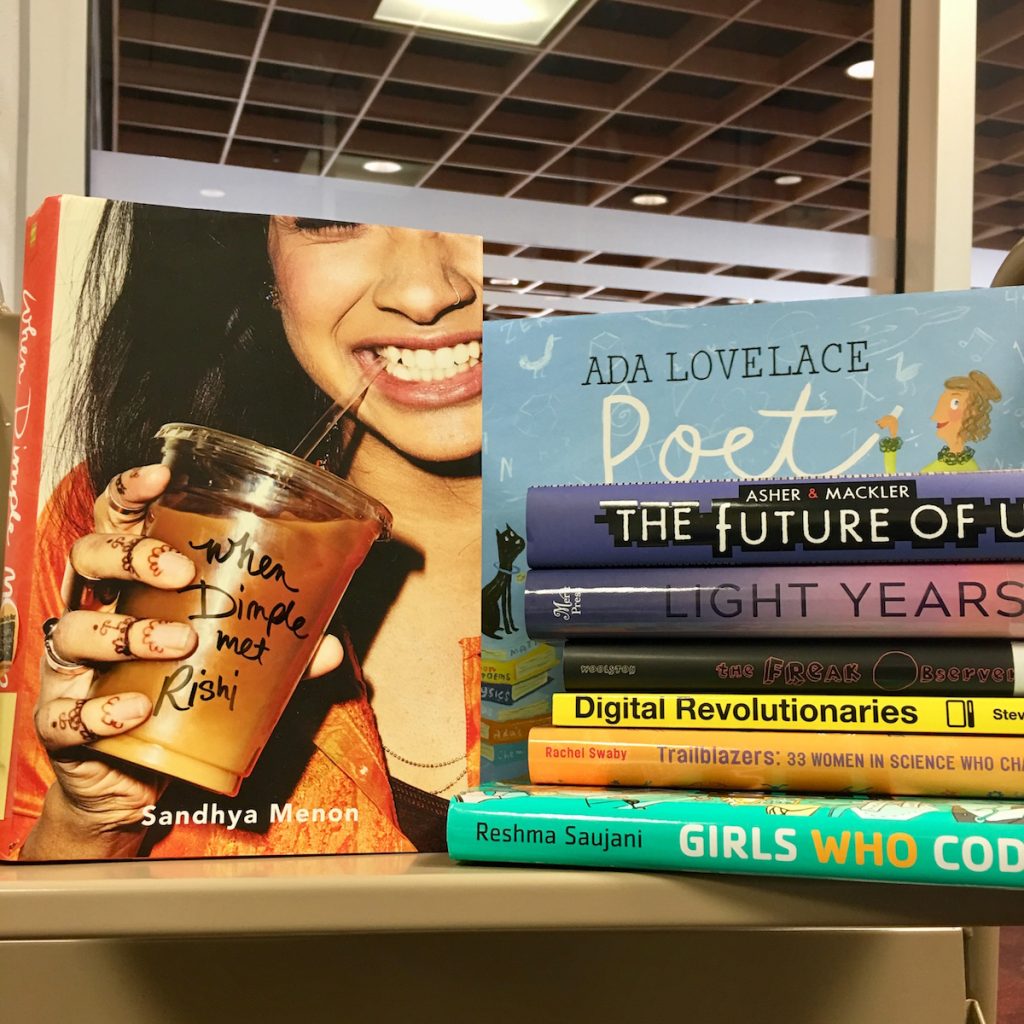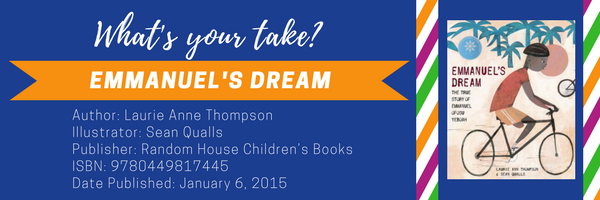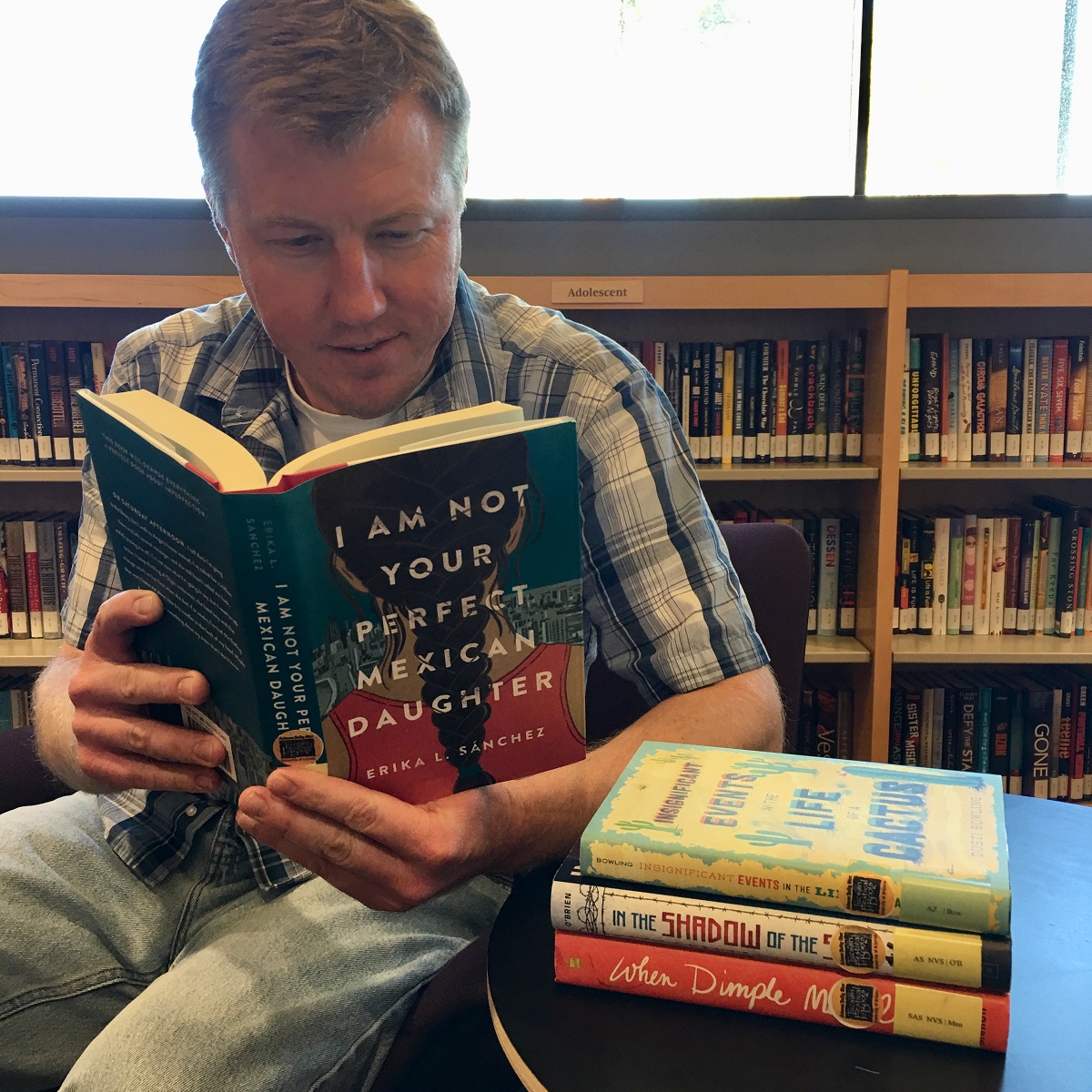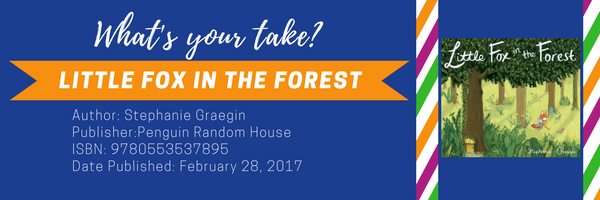For our last My Take/Your Take discussion of Schneider Family Award winning picture books, Mary, Christopher and Leslie share their takes on Six Dots: A Story of Young Louis Braille written by Jen Bryant and illustrated by Boris Kulikov. “Too small. He won’t survive!” cluck visitors looking into Louis’s bassinette. Readers follow along with Louis as he grows from a small baby into a healthy, curious toddler. Tragically, Louis’s curiosity leads to an accident that eventually results in him being blind.
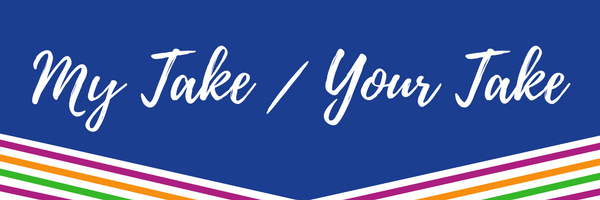
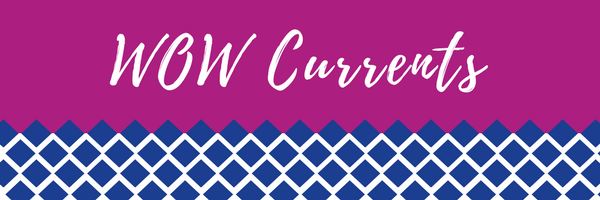
Insignificant Events In the Life of a Cactus: Young Women Demanding to be Seen and Heard
By Dorea Kleker, The University of Arizona
As an educator and parent, the recent shooting in Parkdale, Florida rattled me. Again. Preventable, senseless deaths. Again. Mourning families and communities. Again. I scroll through the photos of 17 beautiful faces who walked into school on the morning of February 14, 2018 and didn’t come home. I read the details of the survivors’ accounts of a nightmare they will never shake. I hug my son a little tighter and think of all the mothers who are afraid. Again. Again. Again.

MTYT: The Pirate of Kindergarten
Mary, Christopher and Leslie have chosen another picture book with a young protagonist for this weeks’ My Take/Your Take. George Ella Lyon’s The Pirate of Kindergarten tells the story of Ginny and her struggles with double vision. Avril’s illustrations help readers experience for themselves what Ginny sees when she looks out into her world–two of everything. When she tries to read the words in a book there are twice as many words. Frustrated, but determined, Ginny desperately wants to read.

In the Shadow of the Sun: Understanding Complex Identities
By Dorea Kleker, University of Arizona
Google “North Korea” right now and a flurry of presidential tweets and news stories of missiles is surprisingly absent. This week, the Olympics overwhelmingly trump (pun intended) impending war and dangerous egos. The top three hits include an Australian Kim Jong-Un impersonator, the North Korean Olympic delegation and 229 members of the North Korean cheerleading squad. On the surface, they’re light stories. Read beyond the headlines and the deeper issues persist: dictators, brutal regimes, extreme human rights abuses and nuclear threats.

MTYT: Back to Front and Upside Down
In this week’s My Take/Your Take Mary, Christopher and Leslie share their takes on Back to Front and Upside Down by Claire Alexander. The story begins with a morning visit from the school principal, Mr. Slippers, to Stan’s kindergarten classroom. It’s Mr. Slippers birthday and he invites the class to his birthday party that afternoon. Stan’s troubles begin when he tries to write “Happy Birthday” on a card for Mr. Slippers. The letters come out muddled and Stan is afraid to ask Miss Catnip for help. After some encouraging words from his classmate, Mimi, Stan asks for help. With instructions from Miss Catnip, Stan practices and practices and practices until he can write the letters conventionally on Mr. Slipper’s card. The story closes with Stan proudly telling Mr. Slippers that “I wrote it all by myself” (Alexander, 2012, n.p.).

When Dimple Met Rishi Features a Strong, Female, Tech-y Character
By Dorea Kleker, The University of Arizona
As I mentioned in last week’s post, I’m currently living in rural Panama. Our small town of Gamboa is surrounded by rainforest on three sides with the Panama Canal bordering the fourth. Gamboa is also home to the Smithsonian Tropical Research Institute.
Perhaps I should provide a little context. I am an early childhood educator who lives with two scientists. My husband is a botanist and my 8-year-old son has been obsessed with insects pretty much upon leaving my womb. Gamboa–its many jungles and scientists–is my family’s version of Disneyland.

MTYT: Emmanuel’s Dream
Just say “award-winning book” to a group of children’s and adolescent literature enthusiasts and listen to the many, various takes each offer to the conversation! But what happens when preservice teachers in the novice stages of exploring children’s and adolescent literature share their take on award-winning picturebooks? This month Mary (an enthusiast), Christopher and Leslie (preservice teachers) share their takes on Schneider Family Award winning picturebooks. The perspectives for this month’s My Take/Your Take clearly show that regardless of the depth of knowledge one has about picturebooks, everyone has their own take on its merits. We begin with a discussion of Emmanuel’s Dream by Laurie Anne Thompson and Sean Qualls.

Truth Behind Stories in I Am Not Your Perfect Mexican Daughter
By Dorea Kleker, The University of Arizona
This month’s WOW Currents focuses on four books whose authors will present at the 2018 Tucson Festival of Books: I Am Not Your Perfect Mexican Daughter, When Dimple Met Rishi, The Insignificant Events in the Life of a Cactus and In the Shadow of the Sun.

WOW Recommends: The Book of Dust
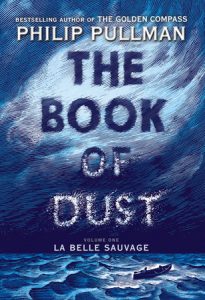 If you were enthralled by Philip Pullman’s Dark Materials series, you will welcome his new book, The Book of Dust: Volume One La Belle Sauvage. It is a prequel to the first book in the previous series, The Golden Compass. When I read the first chapter of this new book I relished the feeling of reentering Pullman’s familiar fantasy world. Pullman is a master storyteller. In this story, he weaves another powerful and fantastic adventure saga. The star of this book is Malcolm, an 11-year-old boy whose parents run an Inn in Oxford. Malcolm helps out there and in the Priory across the river from the Inn. At the Priory, Malcolm meets the baby, Lyra, whose father, Lord Astrial, left her there to be protected by the nuns. After he meets the 6-month-old Lyra, he becomes “her servant for life.” Later Malcolm saves Lyra from a danger that threatens her life. To keep her safe he undertakes a heroic journey in his canoe. When a terrible flood changes the landscape, Malcolm battles against horrific odds to protect Lyra. Along the way, Pullman strews nuggets of wonder that enthrall the reader. When we reach the end of that journey and the book on page 450, there is a promise: “To be continued.” Hopefully, we won’t have to wait too long to re-enter the world of Pullman’s Dark Materials, since two more books are planned. -Recommended by Marilyn Carpenter, Professor Emeritus, Eastern Washington University, Spokane, WA Continue reading
If you were enthralled by Philip Pullman’s Dark Materials series, you will welcome his new book, The Book of Dust: Volume One La Belle Sauvage. It is a prequel to the first book in the previous series, The Golden Compass. When I read the first chapter of this new book I relished the feeling of reentering Pullman’s familiar fantasy world. Pullman is a master storyteller. In this story, he weaves another powerful and fantastic adventure saga. The star of this book is Malcolm, an 11-year-old boy whose parents run an Inn in Oxford. Malcolm helps out there and in the Priory across the river from the Inn. At the Priory, Malcolm meets the baby, Lyra, whose father, Lord Astrial, left her there to be protected by the nuns. After he meets the 6-month-old Lyra, he becomes “her servant for life.” Later Malcolm saves Lyra from a danger that threatens her life. To keep her safe he undertakes a heroic journey in his canoe. When a terrible flood changes the landscape, Malcolm battles against horrific odds to protect Lyra. Along the way, Pullman strews nuggets of wonder that enthrall the reader. When we reach the end of that journey and the book on page 450, there is a promise: “To be continued.” Hopefully, we won’t have to wait too long to re-enter the world of Pullman’s Dark Materials, since two more books are planned. -Recommended by Marilyn Carpenter, Professor Emeritus, Eastern Washington University, Spokane, WA Continue reading

MTYT: Little Fox In the Forest
While serving on award committees, we took notice of books published in 2017 that feature foxes as characters. Throughout January, we looked at a few of these books to see how, or if, authors and illustrators reflect some of the more traditional and cultural views of foxes or if this is a new generation of perceptions of foxes. This week we give our takes on one final book. We started with The Fox and the Wild, then looked at The Fox Wish, also discussed Pandora and last week we give our takes on The Secret Life of the Red Fox. This week we discuss Little Fox in the Forest by Stephanie Graegin.

